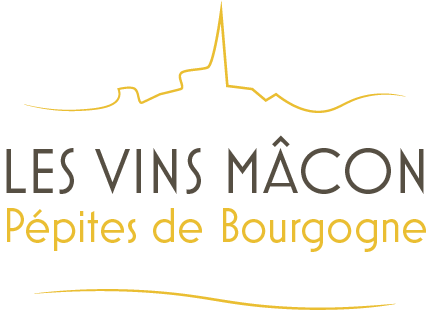Mâcon-Saint-Gengoux-Le-National
The wines
White wines
With a lovely matte yellow gold color, the whites have a very aromatic nose marked by hints of almond and yellow-fleshed fruit like apricot and peach, combined with a slightly honeyed floral palette that comes with time. They offer good volume in the mouth with a fattiness making it smooth and supple.
Red wines
A light and dazzling ruby red color, these reds open on notes of pomegranate and redcurrant jelly, giving them an indulgent fruitiness. Aeration releases a warm spiciness with hints of cinnamon and white pepper and touches of animal muskiness. In the mouth, the tannins are present yet smooth, giving a sense of indulgence.
Colors
Production

mâcon-Saint-Gengoux-Le-National
An additional geographical denomination that is part of the Régionale Mâcon appellation in the Mâconnais.
According to the 2005 specifications rules, the name Mâcon followed by Saint-Gengoux-le-National refers to white, red, and rosé wines grown within a defined area in the villages of Ameugny, Bissy-sous-Uxelles, Bonnay, Bresse-sur-Grosne, Burnand, Champagny-sous-Uxelles, Chapaize, Cortevaix, Curtil-sous-Burnand, Lournand, Malay, Massy, Saint-Gengoux-le-National, Saint-Ythaire, Salornay-sur-Guye, Savigny-sur-Grosne, Sigy-le-Châtel, and La Vineuse.
Situation
Beyond the forest of Chapaize and the valley of the Grison, a tributary of the Grosne, the vines of Mâcon-Saint-Gengoux-le-National are located at the extreme northwesterly tip of the Mâconnais. They act as the transition to the Côte Chalonnaise, growing on the first foothills.
Despite being temporarily called Jouvence during the Revolution, due to the presence of numerous fountains, it was the vines that ensured the prosperity of Saint-Gengoux-le-Royal, renamed Saint-Gengoux-le-National by the Republicans in 1882. In the early 12th century, the monks of Cluny established a deanery around the church dedicated to Saint Gengoux, which became the center of a farming operation that mainly produced wine. Wandering through this medieval town that was fortified by King Louis VII at the end of the 12th century, the names of the streets and the presence of a barrel-making museum bear witness to a great deal of artisanal and commercial activity. Similarly, there are reminders around all the villages in the appellation of the presence of Cluniac activity, an historic driver of winegrowing: In La Grange de Sercy, the Priory of Saint Hippolyte, the Clos de Montrachet, and the Grange de Hautecour in Sigy.
Terroir
Level 1
The vines of Mâcon-Saint-Gengoux-le-National are scattered between the hills of Cluny and the foothills of the Côte Chalonnaise, at 250 meters above sea level, looking down over the pastures and diverse crops in the valley of the Grosne river at 197 meters above sea level. The riverbanks enjoy a temperate climate with a slightly continental tendency, where the rainfall generated by the oceanic air masses coming from the west averages around 850mm annually.
Level 2
The topography here is unique for the Mâconnais, and in geological terms, there are two key terroirs. The hills of Roch, Goubot, and Péjus mark the boundaries of the Saint-Gengoux AOC and provide ideal south-southeastern-facing winegrowing terrain on their limestone hillsides. This type of substrate can also be found on the hillocks around Cluny, which emerge from recent alluvial deposits from the bed of the Grosne, towards Bissy-sous-Uxelles and in the region of Charnay-lès-Mâcon. To the southwest, the vines face west or east and grow more episodically on Liasotriasic limestone clay marl that dates back 220 million years.

